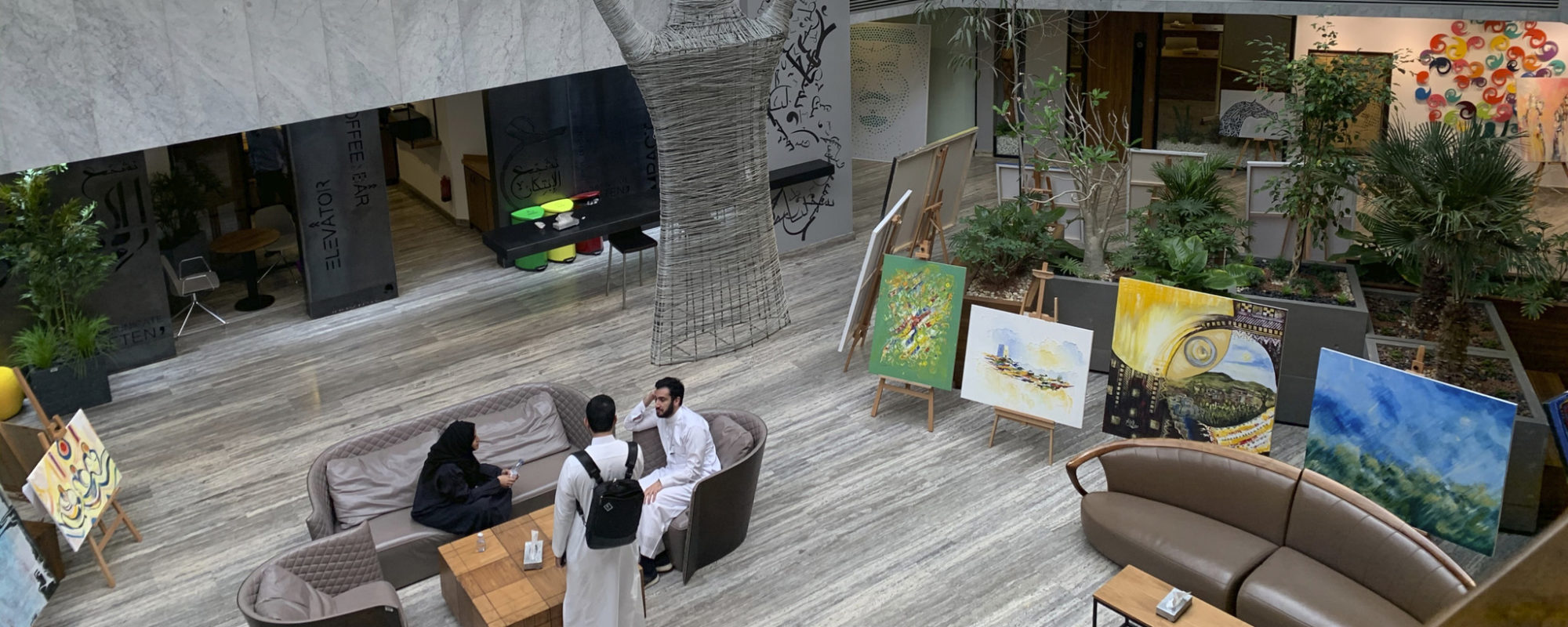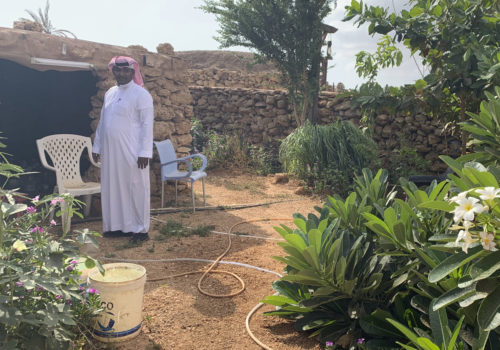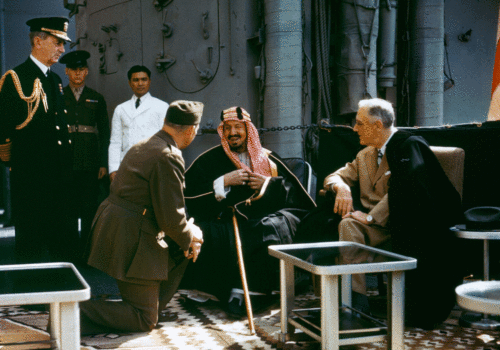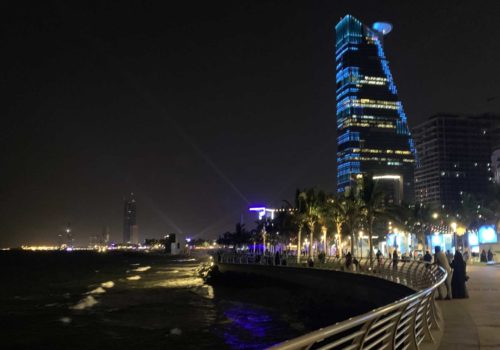THUWAL, Saudi Arabia — It was the giant mechanical elephant that first caught my eye. It had impressive ivory tusks and a carriage on its back manned by three small ceramic men and two red serpents. I watched in what was, frankly, considerable confusion as one of the serpents rose up and grabbed a silver metallic ball, which it then deposited in a bronze vase behind the white-robed man in the front. The rider then mimed rapping the elephant’s head with a small mallet, and the sequence began again.
It turned out I was watching a 13th-century predecessor to the cuckoo clock. Inside the elephant’s belly, a wooden bowl with a small hole in its bottom floats in a tank of water. It slowly sinks over a half hour, tugging on two ropes that change the position of the green- and red-clad figures, who mark the passage of minutes and hours. When the bowl is finally completely submerged, it triggers the release of the ball, which falls in the serpent’s mouth, pushing it back to the water’s surface. I imagined a nobleman in the medieval Muslim world carefully keeping an eye on a mechanical elephant like this one, lest he be late for an important meeting.
The clock was the creation of Ismail al-Jazari, an inventor who lived in the 12th and 13th centuries in modern-day Turkey. However, where I now stood, in a museum at the heart of the King Abdullah University of Science and Technology (KAUST), the elephant clock had a deeper purpose than just the telling of time. The exhibit is not only a tribute to the ingenuity of a famed Muslim engineer. Its assorted pieces—an Indian elephant, Chinese serpents and turbaned Arabian figures—also represent an homage to multiculturalism during what was termed the Islamic Golden Age.
That’s the sort of ethos that KAUST, the brainchild of former King Abdullah, proclaims it wants to recreate. The university, which opened its doors in the small town of Thuwal on Saudi Arabia’s western coast in 2009, was imagined as an elite research institution and a shot across the bow of religious conservatives, in its firm insistence that technological and social progress goes hand-in-hand with Islamic principles.
Abdullah, who took the throne in 2005, pursued a tentative policy of social liberalization as king. He also tended to prioritize consensus among the kingdom’s top powerbrokers—but put his foot down in the face of opposition to KAUST. When a cleric who sat on the country’s highest religious body criticized the fact that it would become the kingdom’s first mixed-gender university, Abdullah promptly had him sacked. “We stand together at the dawning of the second Islamic Golden Age,” the museum’s promotional video intones. “Poised to emerge from this very place.”
There’s no denying that KAUST, in its short existence, has built an impressive academic reputation. In the Institute of Scientific Information’s 2019 list of the world’s most highly cited researchers, 15 KAUST faculty made the cut—nearly 10 percent of its entire faculty. KAUST also has established an educational pipeline that ensures it receives Saudi Arabia’s best and brightest: Its gifted students program funds students’ high school and university education and before bringing them to the university to pursue their graduate studies.
KAUST provides its students with every imaginable resource to succeed, and cheers on their accomplishments when they do. On my visit, I watched PhD students in computer science present their work. Although the details of their research were Greek to me, I recognized the names of the organizations with which they were partnering—leading institutions like NASA, McClaren Automotive and Aramco. On this day, students and professors passed around pieces of red velvet cake to celebrate the acceptance of one of their cohort’s papers in a research journal.
All of this costs money—a lot of it. KAUST was founded with an endowment of $20 billion, one of the world’s largest. It has hired world-class professors from around the globe and accepts the most talented students, regardless of their nationality. Of the roughly 200 degrees that the university gives out each year, more than half go to non-Saudis. The university’s student and professors describe that as an investment in Saudi Arabia’s future: They are forging ties with researchers across the globe, they say, and building an indigenous research program that will fuel the kingdom’s economic life in the generations to come.
For most Saudi students, however, the opportunities available at KAUST remain out of reach. As I left the university, I found myself thinking: Will these talented researchers be able to fulfill their promise to transform Saudi Arabia if the broader population can’t keep pace with their accomplishments?
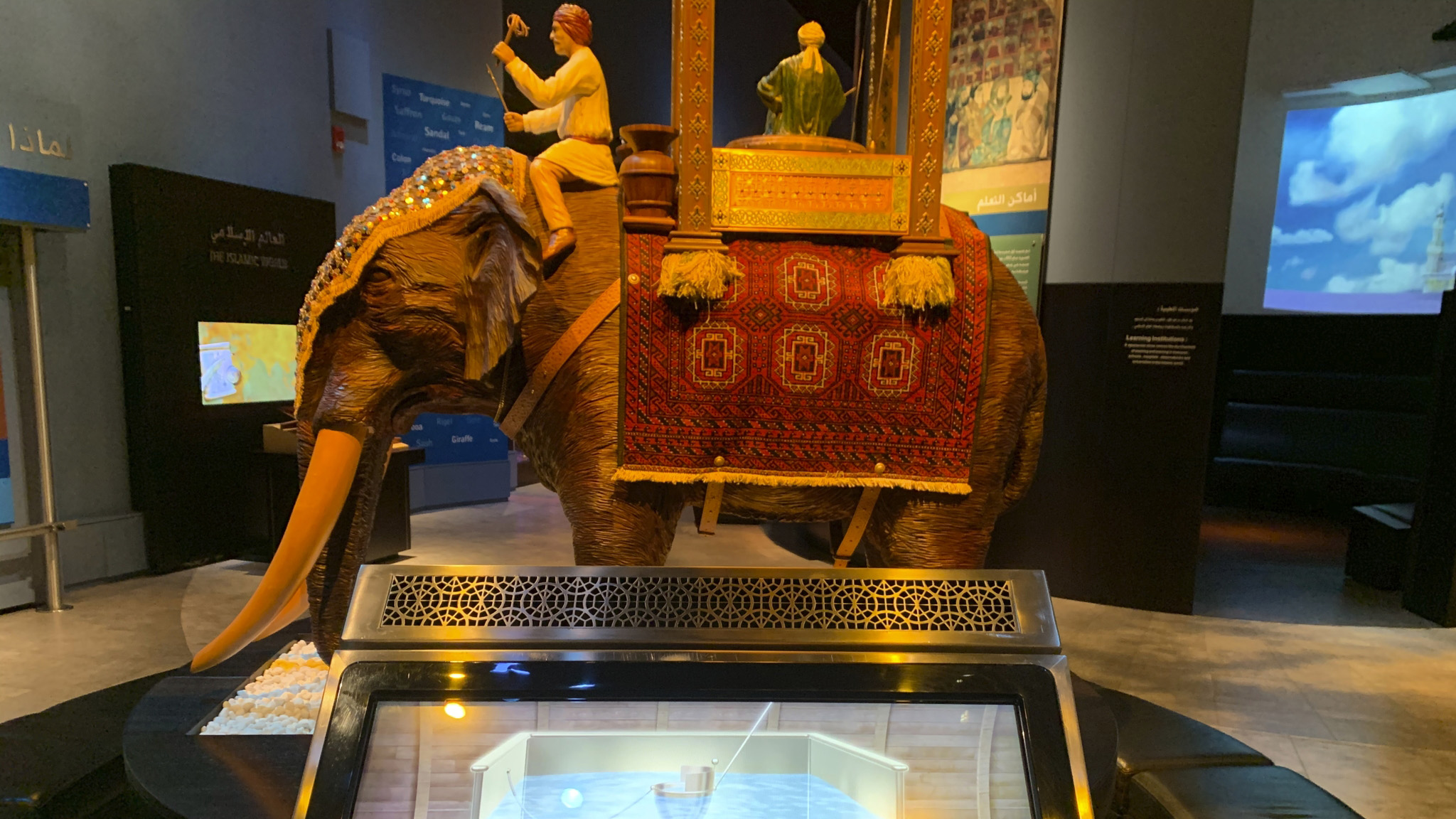
Where the money goes
Saudi Arabia has poured ever-larger mountains of cash into its education system for years. In the coming year, it will spend $51 billion educating its citizens, a continuation of a spending splurge that began a decade and a half ago. Over that period, education spending has accounted for between 16 percent and 25 percent of the state’s total budget—among the highest rates in the world. By contrast, the developed countries that make up the Organization for Economic Co-operation and Development (OECD) spend on average less than 11 percent of their budgets on education.
If the money is meant to pump out university graduates, it is a massive success. At the time of Saudi Arabia’s founding in the early 1930s, the kingdom “had no formal educational institutions” except for some private schools for boys, writes the anthropologist Madawi al-Rasheed. Today, the kingdom has 58 universities, which now enroll three-quarters of high school graduates—well above the OECD average. In the 1950s, roughly 95 percent of the kingdom’s population was illiterate, according to the political economist Steffen Hertog; by 2015, the literacy rate stood at 96.8 percent.
But if the education system is designed to prepare Saudis for the modern economy, it is struggling. Saudi scores on the Trends in International Mathematics and Science Study (TIMSS), which measures the science and math skills of primary school students across the globe, remain near the bottom of all countries measured. Even more worrying for officials, the private sector isn’t hiring Saudis at anywhere near the rate young people are entering the job market. The constant refrain from businessmen is that foreign laborers are simply cheaper and more productive than their Saudi counterparts.
That is partly due to the fact that education spending is seen as not only an investment in improving young minds but also a key cog in the country’s elaborate patronage system. The Education Ministry currently employs over half a million teachers, each of whom receives only an average of 10 hours of professional training per year. “For them, teaching is just like checking a box,” said an educator who runs a network of private schools in Jeddah. “Is the paper submitted, is the task completed? Good, ok, done. There’s no looking at the actual substance.”
KAUST provides officials with tangible accomplishments to point to. They can splash news about its lightning-fast supercomputer and self-driving buses around the world. The unsexy work of achieving incremental educational improvements across the broader population, however, is proving much harder.
The conservative religious establishment’s influence over the education system represents the other major impediment. The kingdom outsourced education to the ulama for generations, prioritizing Islamic study over secular skills. Elementary school children spent roughly 30 percent of their hours in class on religious subjects, according to a 2003 study by researcher Michaela Prokop. In universities, the focus on Islamic and Arabic study ranges from 40 to 45 percent for humanities and social sciences students, to 10 to 15 percent for engineering students at an elite university.
Over the past two decades, the state has chipped away at the clerics’ influence over education, however. In 2002, a fire at a girl’s school in Mecca resulted in the death of 15 young women after the religious police did not allow them to flee the burning building because they were not properly covered. King Abdullah took advantage of the ensuing outrage to remove responsibility for female education from a conservative religious body and place it under the Education Ministry. The use of such derogatory terms as rafida (“rejectionist”) to refer to Shia, and passages that blamed Jews for orchestrating global conspiracies to divide the Muslim community, were also scrubbed from textbooks in the 1990s and 2000s.
The curriculum was rewritten again more recently to emphasize a more nationalist message. Those steps have yet to translate into improvements in Saudi educational performance, however.
The government designed KAUST to circumvent the control of the country’s broader educational institutions. The university was built by the state oil company Aramco, and its board is made of many ministers and Aramco officials. Along with a dramatic infusion of money, those institutional firewalls have been enough to exempt the university from Saudi Arabia’s “business as usual.”
KAUST provides officials with some tangible accomplishments to point to. They can splash news about its lightning-fast supercomputer and self-driving buses around the world. The unsexy work of achieving incremental educational improvements across the broader population, however, is proving much harder.
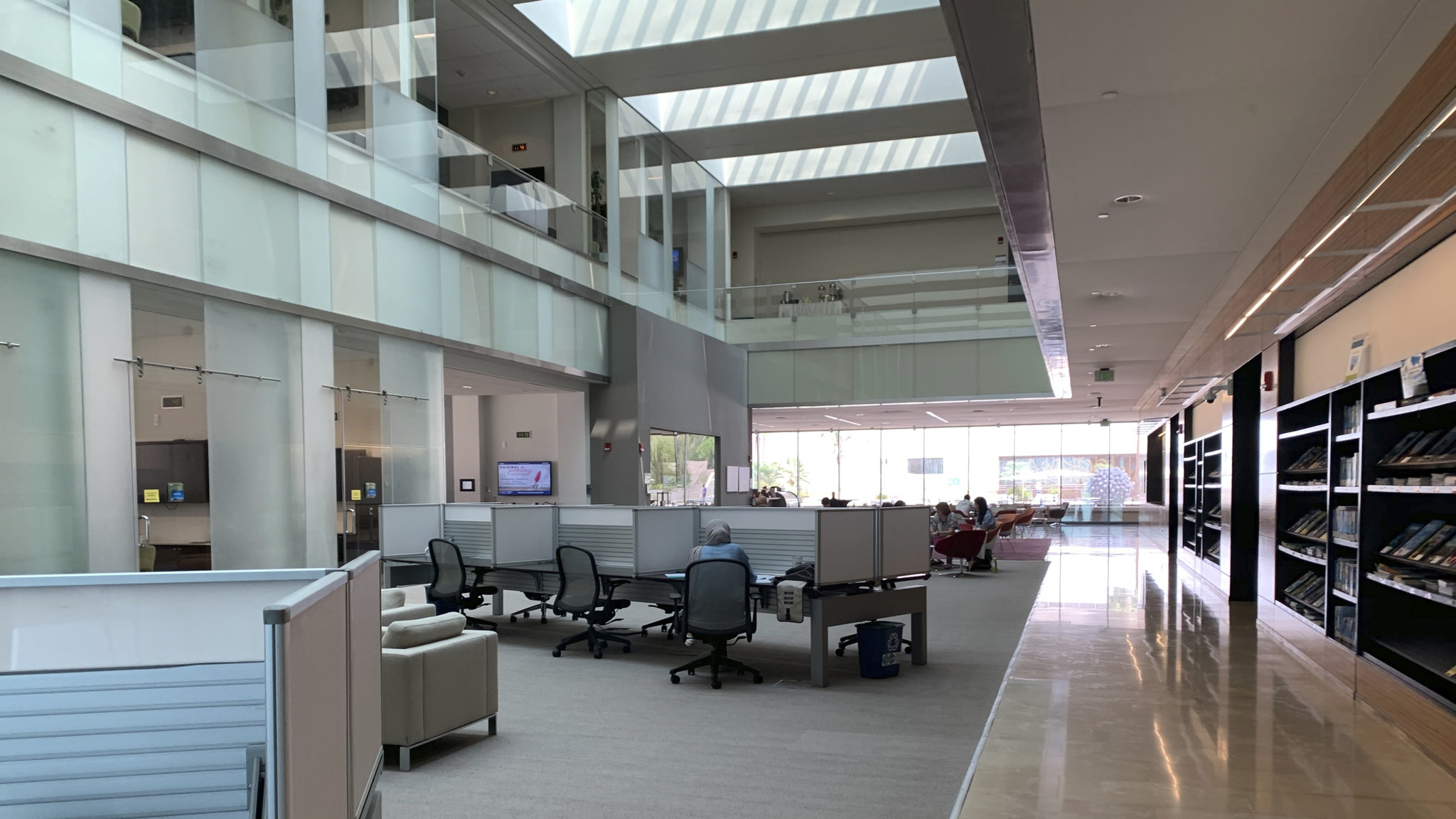
Building an ivory tower in the Najd
“Our ambitions’ ceiling is the highest heaven.”
That’s the slogan that looms over the MiSK office in Riyadh’s Diplomatic Quarter. It’s a quote from Crown Prince Mohammad bin Salman, who founded MiSK in 2011. The office space wouldn’t look out of place in Silicon Valley: An espresso bar is available to guests and employees, multi-colored glass figurines hang from the ceiling, and modern art adorns the walls.
The foundation is designed to be one of the centerpieces of the crown prince’s outreach to Saudi youth. Consequently, education is one of the hallmarks of its work: It has hosted a global forum designed to provide young people with the skills needed for the modern job market, launched a college prep program for high school students, and sponsors research on how to improve the educational system. It also runs a school for primary and middle school students, aimed at “imparting a world-class education based on the best practices of international and progressive education.”
On the national level, laws are also changing in an attempt to bring in greater influence from abroad to improve Saudi students’ educational outcomes. A new education law adopted by the cabinet late last year included, for the first time, provisions to allow foreign universities to open branches in the kingdom. As of yet, there is no word on whether the government has found universities to take them up on the possibility.
Such schemes have already been put in place in the United Arab Emirates and Qatar, even as they generate considerable controversy for all parties involved. For American institutions, critics both inside and outside the institutions have accused the universities of not doing enough to ensure academic freedom for their faculty and students. From the Saudi perspective, however, such changes are no less fraught.
Saudi leaders’ concern that foreign education could undermine citizens’ sense of national belonging is as old as the kingdom itself. Ibn Saud, the kingdom’s founder, refused to send one of his sons with the American philanthropist Charles Crane to be educated in the United States, saying, according to writer George Antonius’s account of the conversation, that Western education “tended to wean a young man from the customs of his country.”
That is a concern with which elite schools are still grappling today. The MiSK schools also describe “Identity” subjects—which include instruction in Arabic and Islamic faith, as well as “instilling Saudi national identity in [students’] hearts”—as core aspects of the curriculum.
At the end of the day, Saudi Arabia faces a difficult balancing act. It needs to not only produce effective pieces of “human capital”—educated citizens who are able to earn a living in the private sector—but do so in a way that respects a series of values and beliefs that also preserve the ruling order. How the powers that be manage the challenges and opportunities of a liberal education will do much to determine the kingdom’s future course.

